As summer winds to a close, we pack up our golf bags. As the holidays draw near, we gear up for a party. No matter what way you put it, there is almost always some kind of spin-off game keeping our boy Mario busy year-round over at Nintendo, with his impressive line of 2D and 3D games going strong since 1985, including the greatest breadth of spin-off titles of any IP in video game history. The prolific plumber is known for kart racing, sports, dancing, and trapping friends into an island party until someone emerges as the one true Survivor.
These are the greatest and most essential spin-offs in Mario’s nearly 40-year history.
It should be noted that we’re excluding Donkey Kong from this list because Mario himself was a spin-off from Donkey Kong so that just didn’t seem fair to the great ape to retroactively claim his own franchise as a spin-off of his original antagonist.
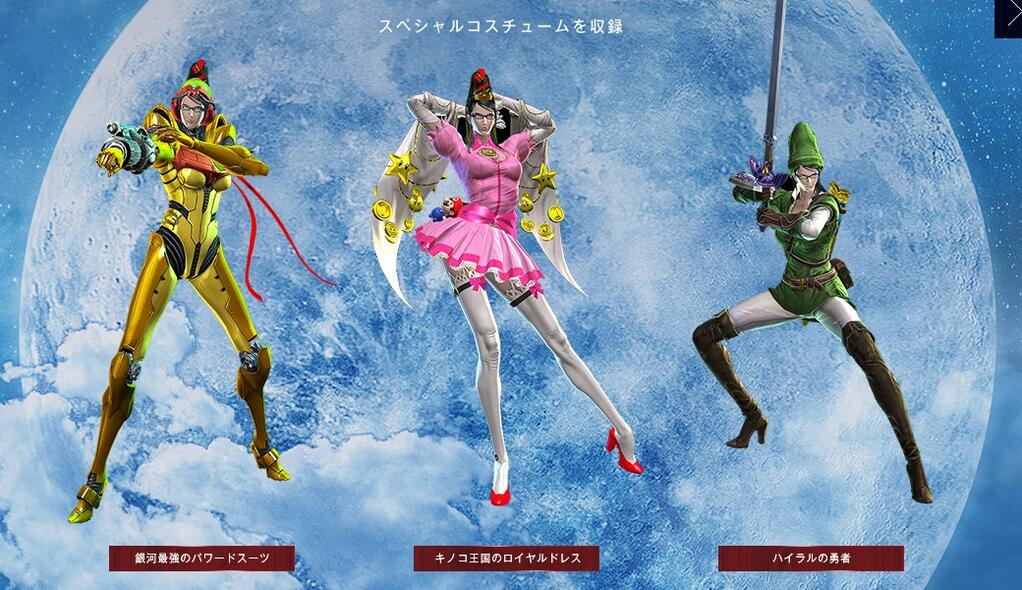
Bayonetta, but with a Peach Costume
Bayonetta 1 & 2, but only when using the Peach and Daisy costumes (Wii U/Switch)—In what remains one of the most bizarre moves in modern Nintendo history, when the publisher reached out and saved Bayonetta from its fate as a one-off curiosity, content referencing Nintendo’s own franchises for the original title and its sequel was greenlit despite the audience definitely being different than normal. Platinum delivered more than just skins. While wearing the garb of the princesses, Bayonetta collects coins and summons the claws of none other than Bowser in place of Bayonetta’s traditional demon partner. There is nothing else quite like the experience of slapping the usually all-ages Mario aesthetic on top of Bayonetta’s decidedly not family-friendly designs, and as such makes it worthwhile and unique. – [Travis Hymas]
Playable on Nintendo Switch
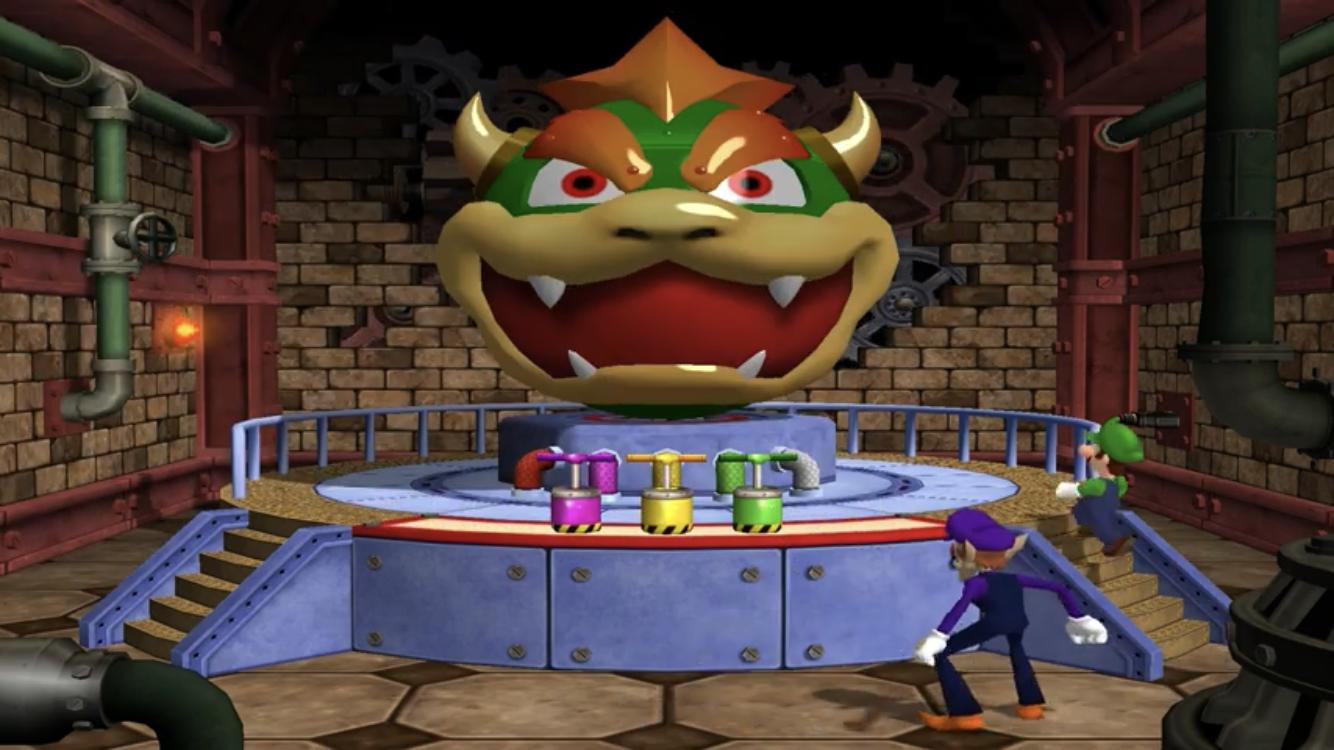
Mario Party 4 – GameCube, 2002
The franchise famous for destroying friendships and illuminating dark rooms during weekend sleepovers with friends, the Mario Party franchise sees the famous squad of the Mushroom Kingdom competing on a 3D game board for coins and stars for a number of turns while competing in a massive variety of tense mini-games to ultimately declare an ultimate Party Star. The first three games by Hutsonsoft on the Nintendo 64 are iconic, and entries, later on, would introduce new mechanics, but Mario Party 4 for the Nintendo Gamecube sits as the perfect middle ground by continuing the formula of the 64 games with powered up graphics and presentation and even more mini-games. Maybe a controversial choice due to its more homogenous board styles, but it remains one of the most accessible games with a wild difficulty curve in the series even 20 years later. – [Evan Griffin]
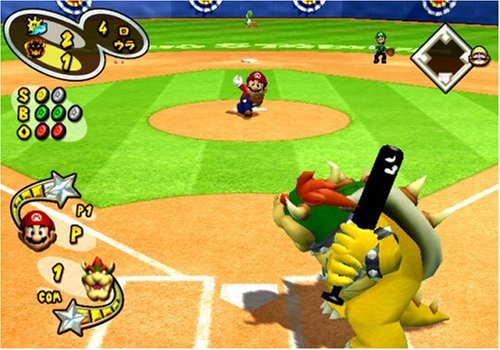
Mario Superstar Baseball – GameCube, 2005
Oh, the Nintendo Gamecube: so many wonderful hours went into that little purple box, and other video game experiences in my life just can’t match up to it. The Super Mario franchise was at an all-time high during the GameCube era, releasing modern classics like Luigi’s Mansion and underrated bangers like Dance Dance Revolution: Mario Mix. Nintendo eventually decided to bring Mario and the gang to America’s favorite pastime: baseball. Created in the same vein as its tennis and golf counterparts, Mario Superstar Baseball brought the traditional Nintendo pizazz to full-length baseball games. Themed fields and diverse character stats make for a fun time in Mario Superstar Baseball (even if the AI sometimes leads to frustrating outcomes for the game). The only thing that was missing was an enthusiastic broadcaster who got excited at every strike, ball, and home run. – [Yasmin Kleinbart]
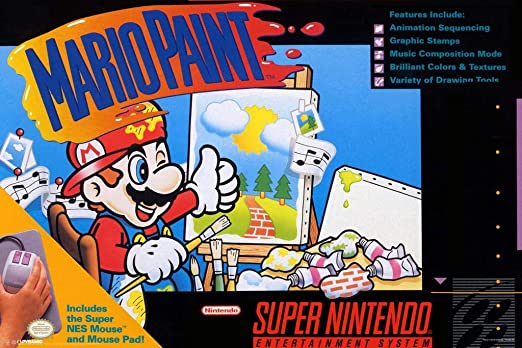
Mario Paint – SNES, 1992
Truly the most spun-off of spin-offs, Mario Paint hails from a time in Nintendo’s history when the best way to make sure an experiment wouldn’t bankrupt the company was to slap Mario’s visage on it. Mario Paint shipped with a fully functional mouse and mousepad to be plugged directly into the SNES and was supposed to be for the SNES mouse what Duck Hunt was for the NES Zapper. That arguably didn’t happen with the mouse but Mario Paint itself is timeless. It predates the “make it yourself” genre of gaming by decades, and the forthcoming digital art revolution, but even today inspires fans of this same genre to use it as their medium. While Mario Paint really toes the line on what a “Mario Game” actually is, it carries plenty of the property’s charm, aesthetic, and musical inspiration to absolutely feel like one. – [Travis Hymas]
Advertisement
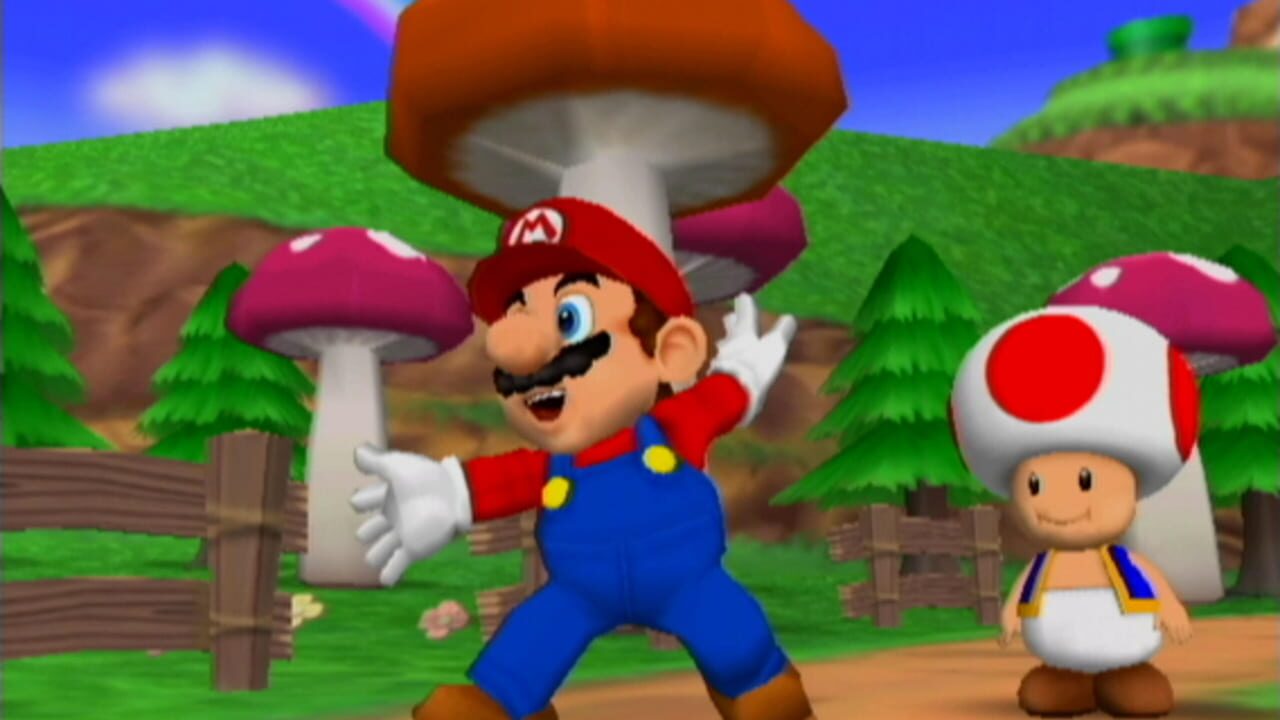
Dance Dance Revolution: Mario Mix – GameCube, 2004
Dance Dance Revolution (DDR) was a huge force in the gaming world for a period of time in the late ‘00s. And for many gamers now, it’s still the top game in arcades, and the best in the music game genre even with the medium changing and overtaken by the likes of the Just Dance series. For Super Mario, having conquered so many different hobbies over the years, he even dominated on the dance floor for a time on Nintendo GameCube. Our favorite plumber proved he has the skills to bust a move with Dance Dance Revolution: Mario Mix.
The name says it all for what the game was: a DDR game set in the world of Super Mario. All the songs were remixes of classic tunes, the stages inspired by worlds from Super Mario, and a cast of characters from the main series rounded out the Super Mario adventure. Plus, Mario Mix included an overall story mode about recovering the missing Music Keys and challenging the enemies to dance battles for supremacy. To add to all the fun, gamers could use their controllers or put their rhythm to the test right on the DDR mat that came with the game.
Mario Mix wasn’t playing around when it came to the DDR experience. This spin-off was fun, addictive, and didn’t take itself too seriously. Come on, you’re dancing as Mario to his iconic musical hits! Go with the flow and boogie your way to peace in the Mushroom Kingdom. – [Justin Carerro]
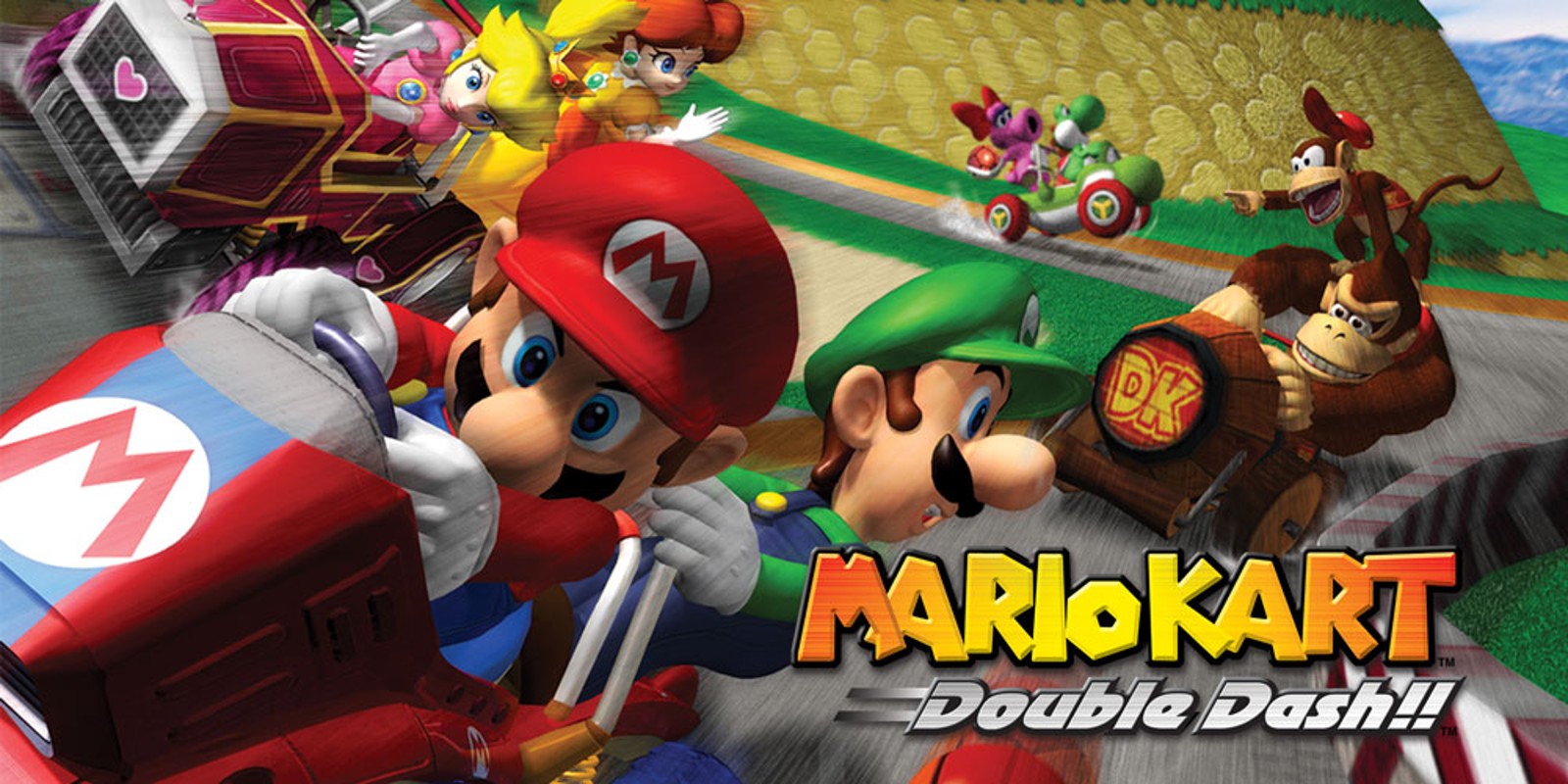
Mario Kart: Double Dash!! – GameCube, 2003
As many know (Evan has seen it first hand) there are few games I excel at, so Mario Kart: Double Dash!! is a special case scenario. I can’t say I know much about the history behind it and whatnot, but I can say that for a long while in my childhood, it was the only video game I owned. This meant a lot of time spent dedicated to perfecting my time on each course and unlocking news one, and discovering that while some of the bigger cars looked cool, it was baby Marion and Luigi that gave us the Chain Chop-aka, one of the games greatest cheats in getting ahead. It is a game that I grew with as I got older, playing it in college while up to some mischief and then introducing the game to my little sister after finding a Game Cube to purchase for $20.00. Such as the case with similar games of its ilk, Double Dash!! has sustained longevity because of how easy it is to play it over and over again and never get bored. – [Allyson Johnson]
Advertisement
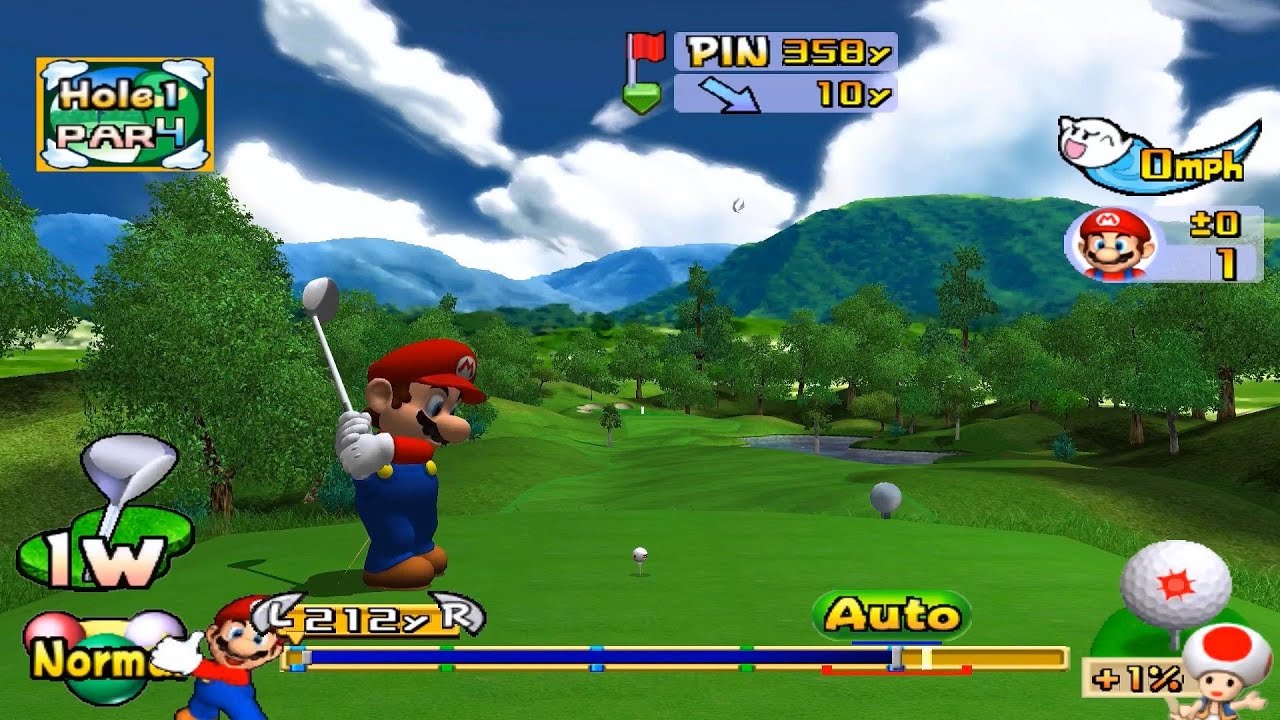
Mario Golf Toadstool Tour – GameCube, 2003
Camelot, the go-to studio for producing golf games in the video game industry, really shined with this series that began on the Nintendo 64. It took everything that made the world’s wealthiest game into something fun and accessible, and with the GameCube’s improved audiovisual power, the game was able to become more complex and express so much more personality. Even in the years since no other game has characterized the emotions of the cast of Mario characters as well as Toadstool Tour through small details: their dances and idle animation in menus, the dynamic reaction to their score after each hole completed, and especially the nagging voice-over players can use to egg on, encourage or distract their competition. Luigi screaming “You’re unbeliev-a-dee-able” and “You look ridiculous” still rings in our ears 18 years later. The gameplay begins simply, but as players press onward through challenges and multiplayer, the courses present challenges not just through simply changing the topography, but by designing the courses increasingly more like something that belongs in the Mushroom Kingdom than Pebble Beach. – [EG]
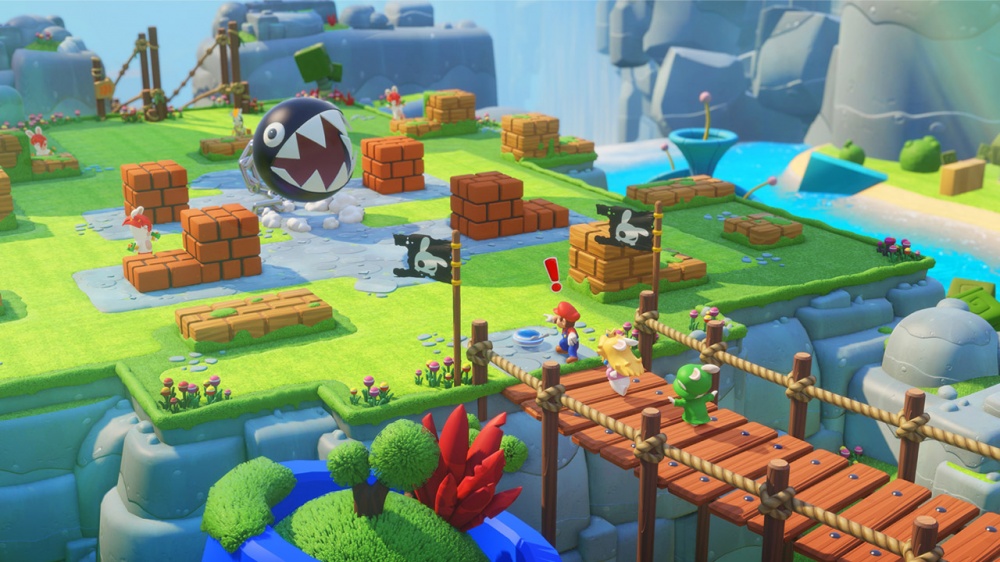
Mario + Rabbids: Kingdom Battle – Switch, 2017
Are you tired of always having to explain to your family and friends the wonders of turn-based tactical RPGs? Isn’t it exhausting trying to get them to experience the suspenseful, strategic gameplay of XCOM? If only there were a game out there that was a little more accessible. One that blends the mechanics of tactical RPGs with the recognizability of the most lovable plumber in gaming…and some crazy rabbits. You probably know where I’m going from here.
Mario + Rabbids Kingdom Battle sounds like a strange concept. Because it is: a turn-based tactical RPG set in the Mushroom Kingdom, pitting our red and blue hero and his pals against an army of Rabbids (yep, the same ones who gave Rayman trouble all those years back). It might sound like a recipe for disaster, but if there’s anything Nintendo’s really good at, it’s exceeding expectations. Mario + Rabbids isn’t the best tact RPG out there, but it’s certainly the most creative. Gameplay is about the same as every other game in the genre, but the real shine comes from the weapons and power-ups. Weapons range from shotguns to blasters (all made to look Mario-friendly of course) to giant hammers, and power-ups like freeze attacks and terrain-shaking ground pounds offer a fun spin on the genre. Plus, there’s a decent variety you characters to choose from. Mario, Luigi, Princess Peach, and other franchise favorites are present of course, but there’s also a good amount of Rabbids to choose from. Each character has their own skill sets and abilities that make crafting your team just as important as any other tactical-based RPG. I really judged this book by its cover when it came out, but after I got my hands on it, I have no shame saying Mario + Rabbids is one of my favorite XCOM-style RPGs! – [Adonis Gonzales]
Playable on Nintendo Switch
Advertisement
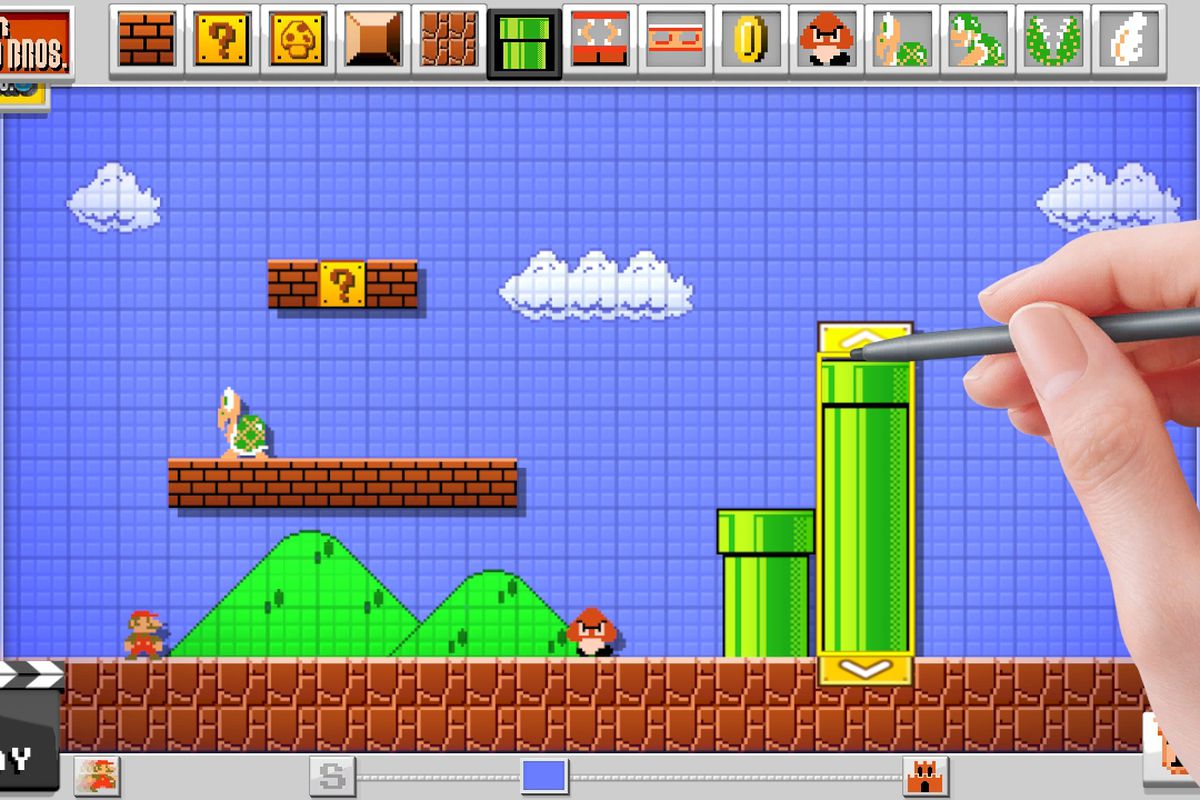
Super Mario Maker – Wii U, 2015
The greatest case study for the Wii U and its lovable clunky touch screen GamePad, Super Mario Maker was one of Nintendo’s first forays into games that functioned as game design toolkits akin to WarioWareDIY for Nintendo DS. The game allowed players to build their own levels using bricks, backgrounds, obstacles, and enemies, and warp pipes from some of the most famous entries in 2D Mario history: Super Mario Bros., Super Mario Bros. 3, Super Mario World, and New Super Mario Bros, all able to seamlessly transition in the builder. The UI is outrageously easy to grasp as players are given panels of bricks, coins, Goombahs, and Koopas with little secrets on how to combine them to create wildly new elements never seen in a Mario game, and the community went to town with their ambitious designs, soon becoming its own genre of Lets Play and reaction content on social media platforms before it was shut down far too soon last year. While Super Mario Maker 2 is more readily available with alternative features more in line with the Switch’s capabilities, it ultimately failed to reach the impressive highs the first entry did. – [EG]
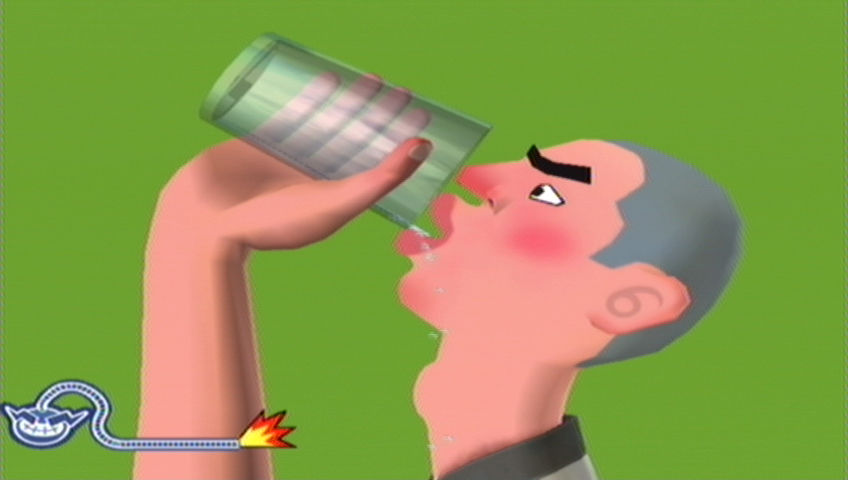
Warioware Smooth Moves – Wii, 2007
Nintendo SPD and Fire Emblem’s own Intelligent Systems partnered to make one of the greatest party games of the 2000s that fulfilled the advantages of the Wii remote’s design with expert design. WarioWare Smooth Moves functions like any other game in the WarioWare franchise but is more accessible for a group full of friends based around the Wiimote’s motion controls. The game’s fleeting, zany energy and exaggerated “Forms’” make players strike a pose to complete extremely brief and challenging minigames that are presented to players at random based on a motion within that pose. The branching structure in minigame design and simplistic graphics allow for a broad variety of challenges that make it accessible to newcomers and exciting with new possibilities for hardcore Nintendo fans. When the game turns into a Starfox 64 or Ocarina of Time parody, fans would squeal in delight within milliseconds unless they fall on their ass because they got distracted. – [EG]
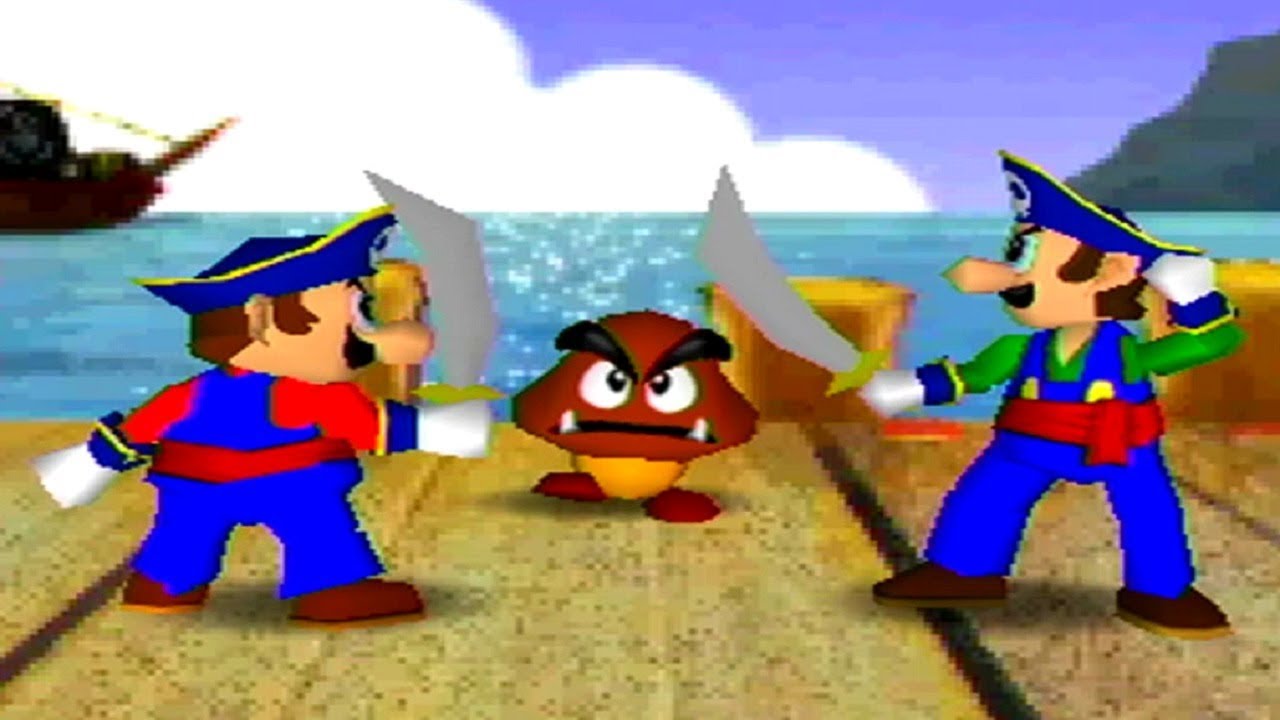
Mario Party 2 – Nintendo 64, 1999
Even the Mario Party franchise’s worst titles have had their charms. When you’re competing to annihilate your teammates in Looney Tunes-level violence, how could it not? But 1999’s Mario Party 2 has a sense of whimsy that is never quite seen again. The characters’ outfits that match each corresponding board are adorable, and it’s a damn shame that it’s never introduced in future titles. Playing as Princess Peach dressed as a witch on a spooky-themed game board made the experience feel even more authentic. – [YK]
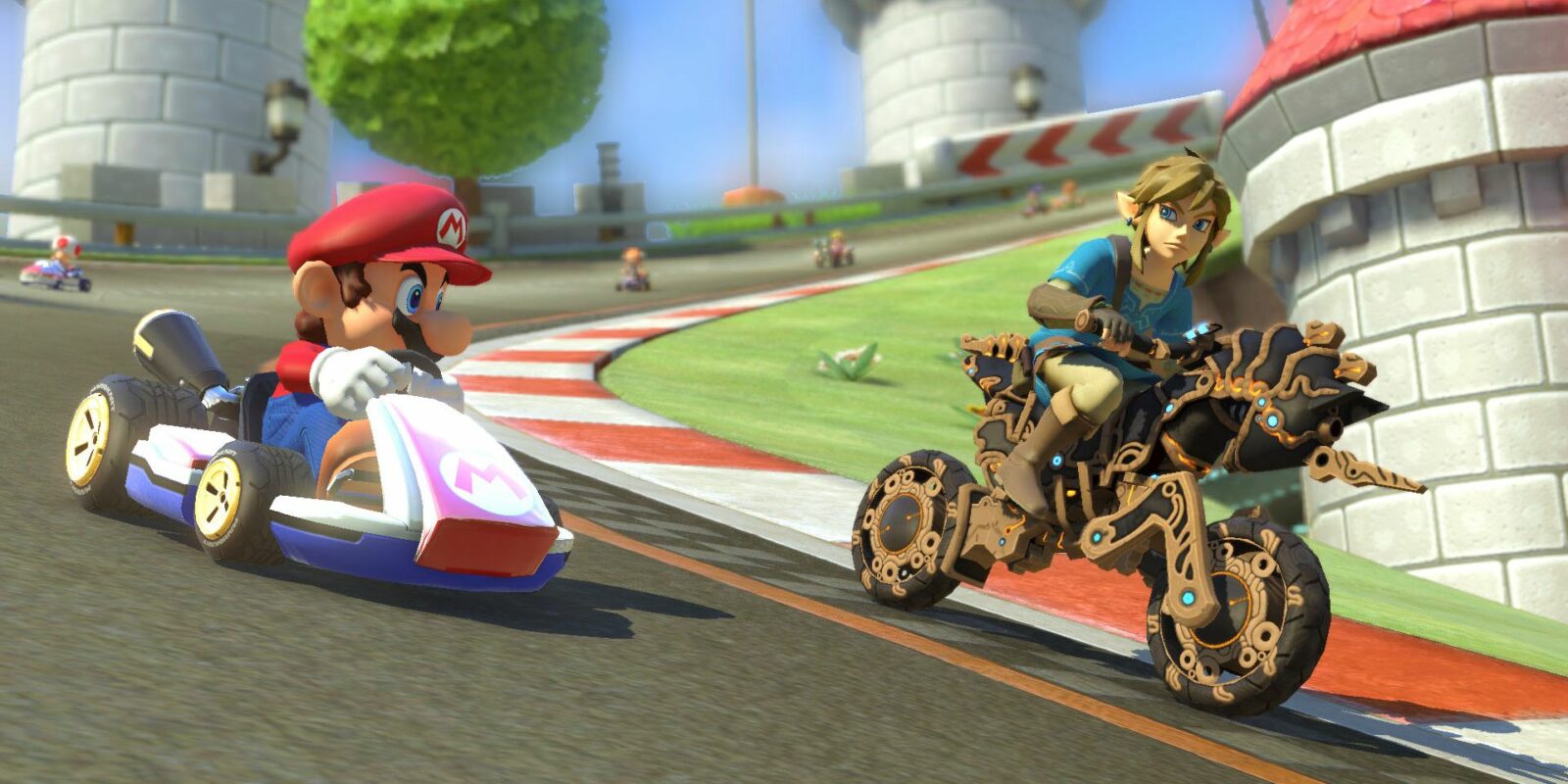
Mario Kart 8 Deluxe – Wii U, Switch, 2017
While the Wii U will live forever in the hearts of the few that bought it, Nintendo has been beefing up its Switch library by reissuing select titles from its lesser console (preferably the ones with Mario in the title). One of the first was Mario Kart 8, which took the long-running racing franchise and turned it on its head. Literally even, given the anti-gravity function added to the tracks that throw the roster of colorful characters into a loop. It’s hard to improve on the expansive revamp done in the Wii U version, but Deluxe generously updates the Battle Mode and allows for two item pick-ups on top of the Wii U DLC. Again it’s not much, but that’s because Deluxe still has the tight track designs, gorgeous visuals, swinging soundtrack, and eye candy in every virtual mile. It’s no wonder that Mario Kart remains such an easy entry to video games even for those leagues away from picking up a controller. – [Jon Winkler]
Playable on Nintendo Switch
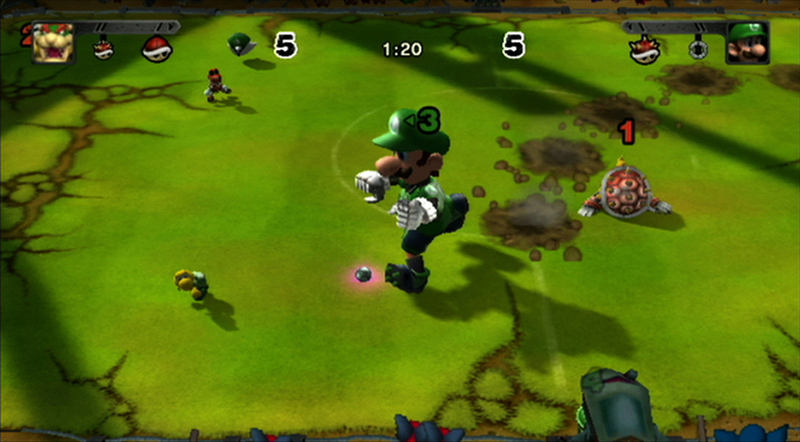
Super Mario Strikers Charged – Wii, 2007
When you think back on Mario sports games, it’s impossible not to smile and get excited when someone brings up Super Mario Strikers Charged. Released in 2007 on the Nintendo Wii, this game drew the attention of many different types of gamers. If you were a FIFA player, a die-hard Mario game player, or even just a parent wanting to bond with your child, this game had something for everyone. The controls, which used both the Wiimote and Nunchuck, were relatively simple to grasp while allowing for some insane button-mashing moments when necessary. The game modes ranged from a tournament to a domination mode and even a challenge mode. And of course, what would any Mario game be without a classic roster of characters to choose from. Each character had their own unique perks or defense moves which made for very different matches depending on the character matchup. Throw in some wild soccer field locations that only a Mario game could pull off and you have yourself (dare I say it) the best Mario sports game to date. – [Tyler Carlsen]
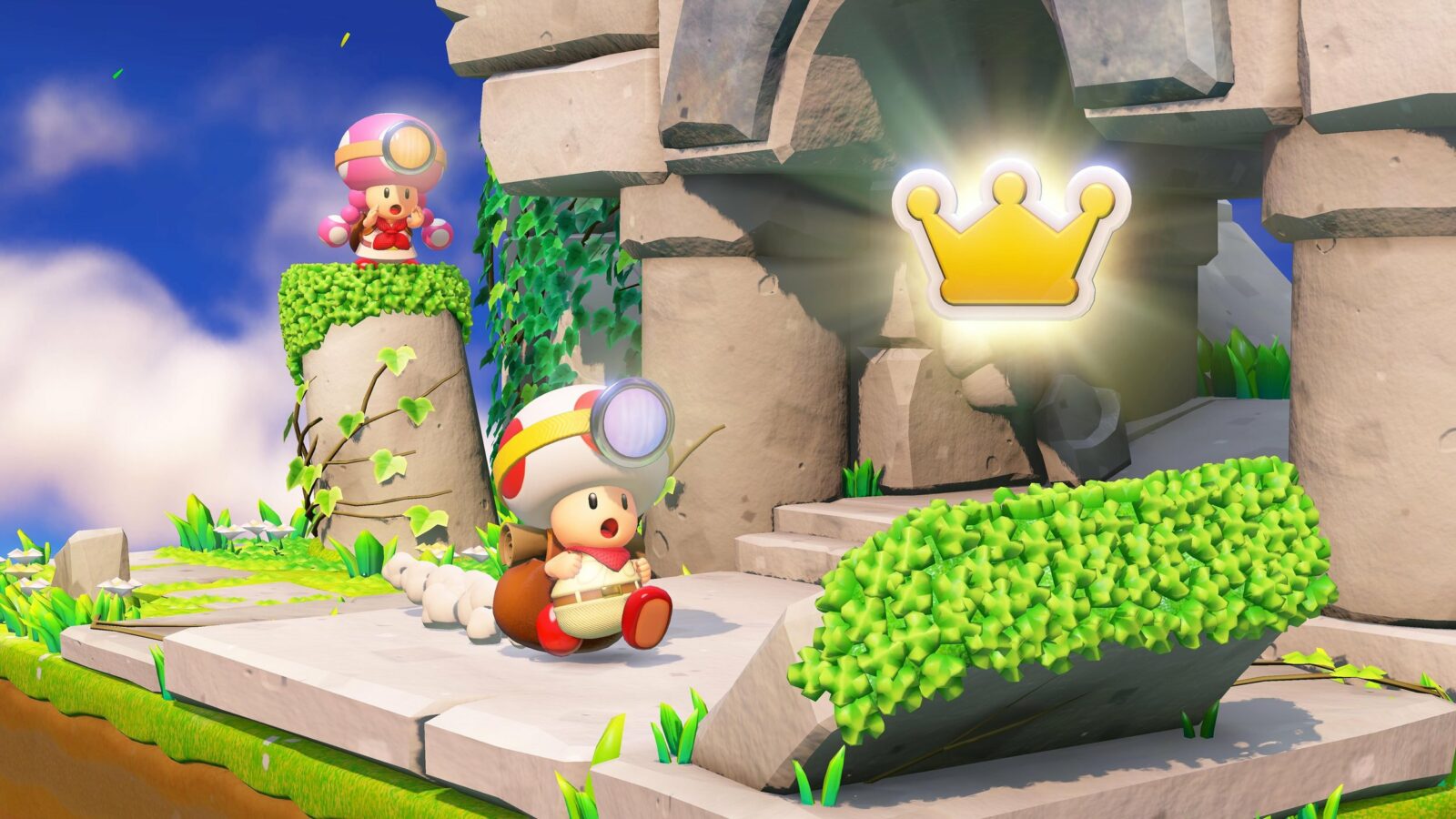
Captain Toad: Treasure Tracker – Wii U, 2014
Back in 2014, Captain Toad: Treasure Tracker was released for the Wii U and would later be released on the Switch in 2018. The game, which is a spin-off of the Super Mario series, is a highly addictive puzzle game starring Captain Toad and Toadette. The game is based on the isometric style mini-games from Super Mario 3D World (which this game is essentially the follow-up to) which involves the player exploring a large labyrinth-like space and completing the required missions on each level. The level design and colorful backdrops are classic Mario and are delightful to look at as you’re scratching your head trying to solve a certain puzzle that just doesn’t look possible. And hey, who doesn’t love Toad and Toadette? – [TC]
Playable on Nintendo Switch
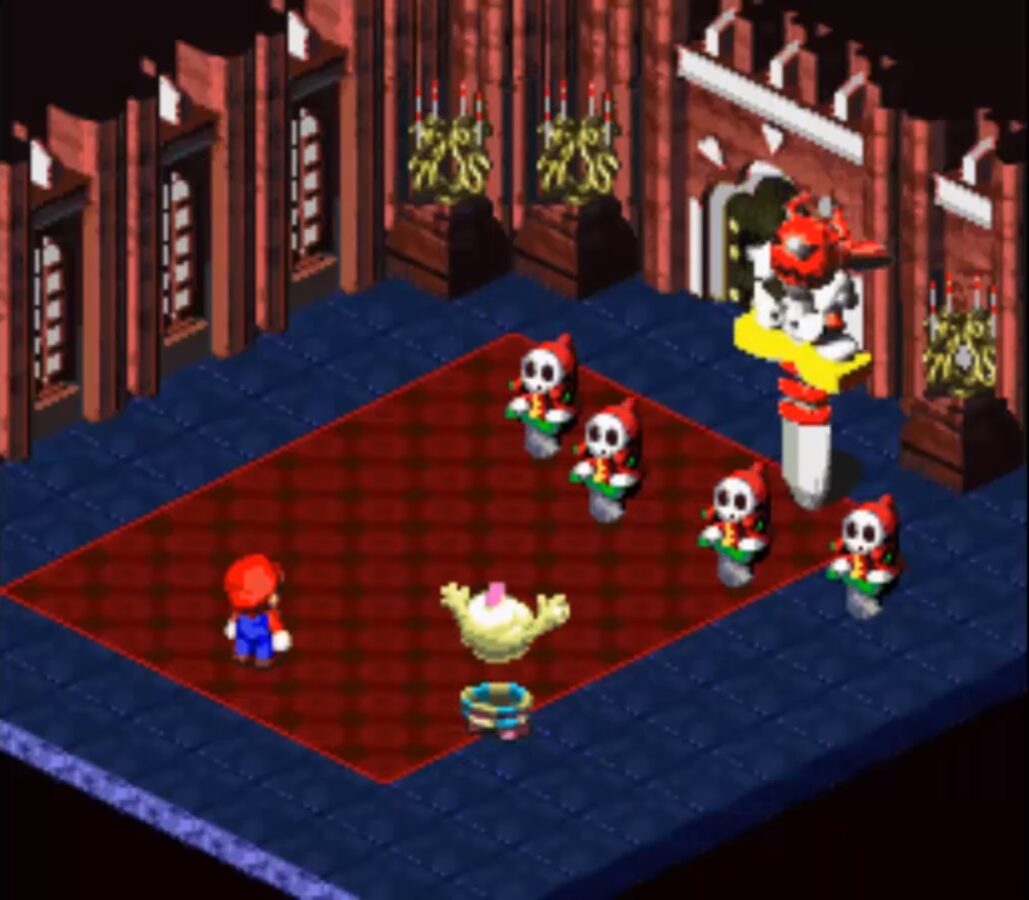
Super Mario RPG: Legend of the Seven Stars – SNES, 1996
In a lot of ways, Nintendo treats Mario the same way Disney treats Mickey Mouse—keep to a single perspective of the character at all times. Things weren’t always like this though. Once upon a time, the company was more than happy to stretch Mario and friends to fit different molds—including this wonderful team up with the JRPG legends over at (then) SquareSoft. A match made in heaven, the two stellar teams of Square and Nintendo’s EAD delivered a rich interpretation of the Mushroom Kingdom filled with fascinating environments and characters that have never been seen since and have never been forgotten. What’s even more fascinating is that this collaboration came from interesting desires—EAD mainstays Miyamoto and Tanabe were actually producing and writing respectively specifically for this genre, and Square came on board to produce an RPG that could be a much bigger success in the West, riding on Mario’s overalls. Looking back on that now, where spiritual successor series Paper Mario no longer can use original characters (per Mario RPG writer Tanabe nonetheless) and Final Fantasy is one of the biggest brands of all time, that just makes this game something truly unique. – [TH]
Playable on Nintendo SNES Classic
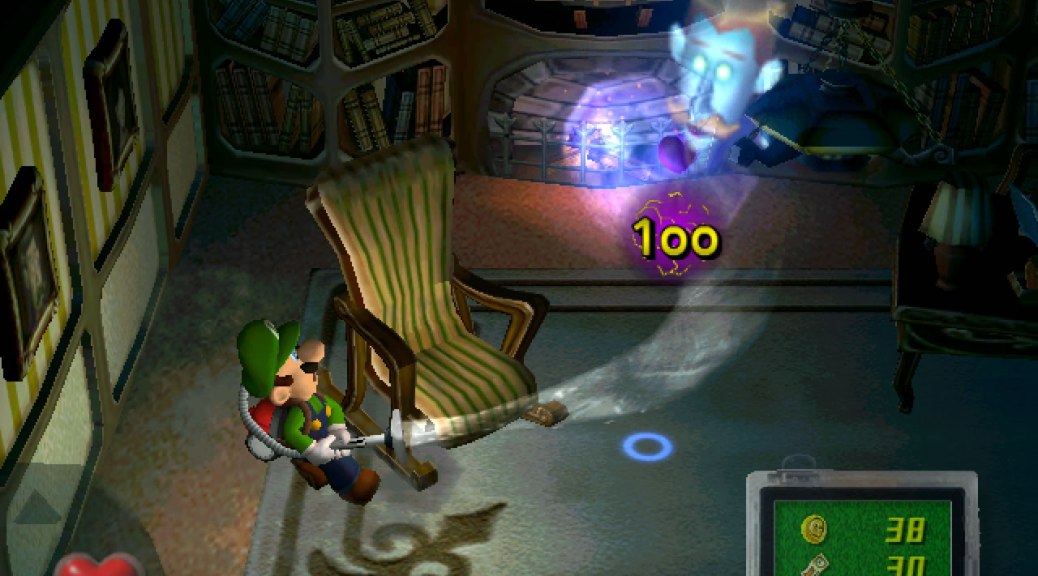
Luigi’s Mansion – GameCube, 2001
A creepy mansion, looming thunder, colorful ghosts, and falling coins to sweep up with your handy vacuum. These are all elements waiting for gamers in Nintendo’s version of a horror title. Luigi’s Mansion is a fun and spooky spin-off originally launched for the Nintendo GameCube in 2001. Since then, the game has released two direct sequels (Luigi’s Mansion: Dark Moon and Luigi’s Mansion 3), as well as a remake of the original game for the Nintendo 3DS. Its legacy has made it into a fan-favorite cult classic for any Super Mario fan. (This writer included!)
Think of Luigi’s Mansion like Super Mario-meets-Ghostbusters. We’re put into the scaredy-cat shoes of Luigi–who barely gets enough time to shine in the main series as is–as he explores a creepy mansion searching for his missing brother, Mario. The game does an amazing job capturing the spooky haunted house feel with its ominous music, jump scares from the ghosts, and use of lighting. Sometimes you’re only left with Luigi’s flashlight to look around … and when the music cuts out into abrupt silence, you know that something scary is about to happen. This is a great entry game for those who want to play a horror title but aren’t ready for the really terrifying games.
Plus, with the introduction of (now) iconic characters like Professor E. Gadd, the Poltergust 3000, and King Boo, the story adds plenty of cheeky camp in with its family-friendly fun. Who wouldn’t want to explore a creepy mansion and suck up all the ghosts/gold/gems? Well, maybe Luigi. – [JC]
Playable on Nintendo 3DS
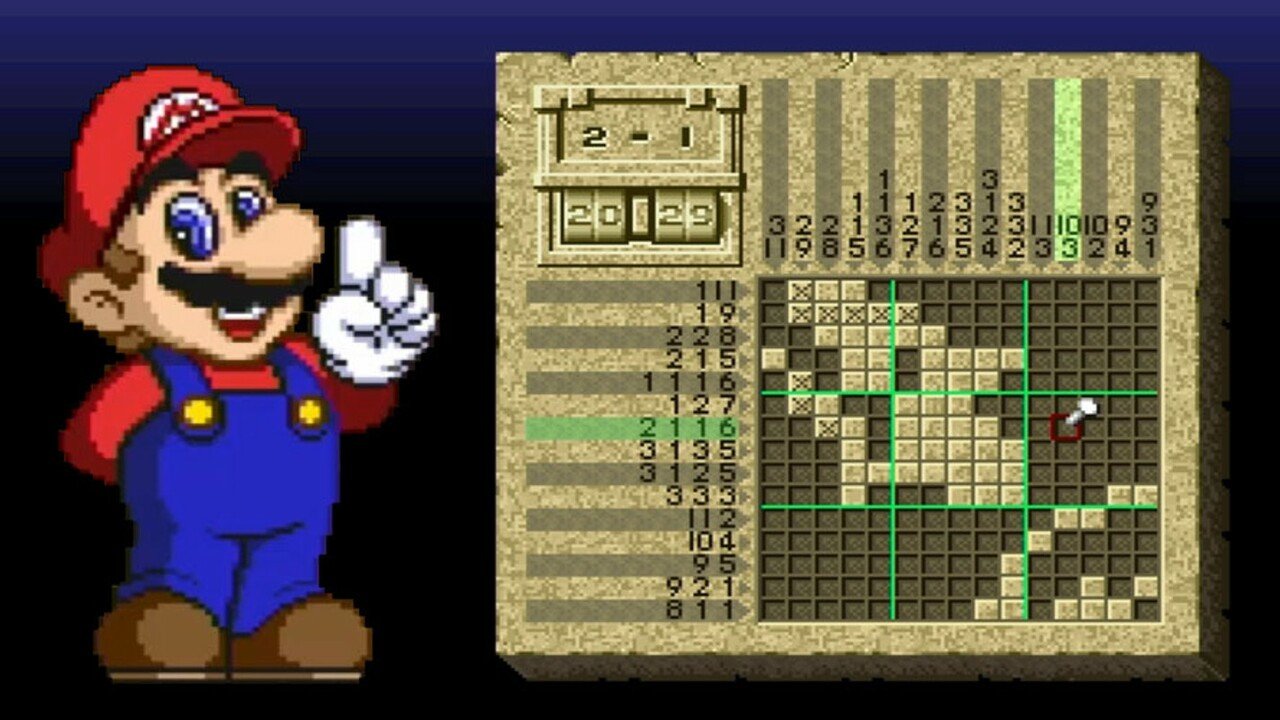
Mario’s Super Picross / マリオのスーパーピクロス (Mario no Sūpā Pikurosu) – Super Famicom, 1995
It’s hard to pitch a puzzle game, especially one that is so complicated and never resonated with western audiences when Nintendo attempted to sell it in the united states in the form of Mario Picross on the Nintendo GameBoy. A follow-up for Super Famicom, Mario’s Super Picross is a series of Nonogram puzzles themed around Mario and his rival Wario, Picross presents players with puzzles populated by tiles and numbers which form a pixel art picture when solved within the allotted 30 minutes. Naturally, Wario’s are significantly harder, and where Mario will politely penalize players for tapping the wrong brick, Wario silently lets you sit with your mistakes, leaving you to find out until it’s likely too late. With a total of 300 puzzles of increasing scale and difficulty to solve, Mario’s Super Picross is the kind of fully engrossing brain teaser that requires such focus that it feels meditative, providing a tough but fair structure as players deconstruct the logic clues in front of them. The game also can be played as a two-player co-op experience and was notable as a higher resolution title for the Super Famicom to highlight pixel accuracy. While not released in the united states originally, it’s currently on the Nintendo Switch Super Nintendo Online app for free and is a must-play for anyone looking for puzzle games. – [EG]
Playable on Nintendo Switch SNES Online
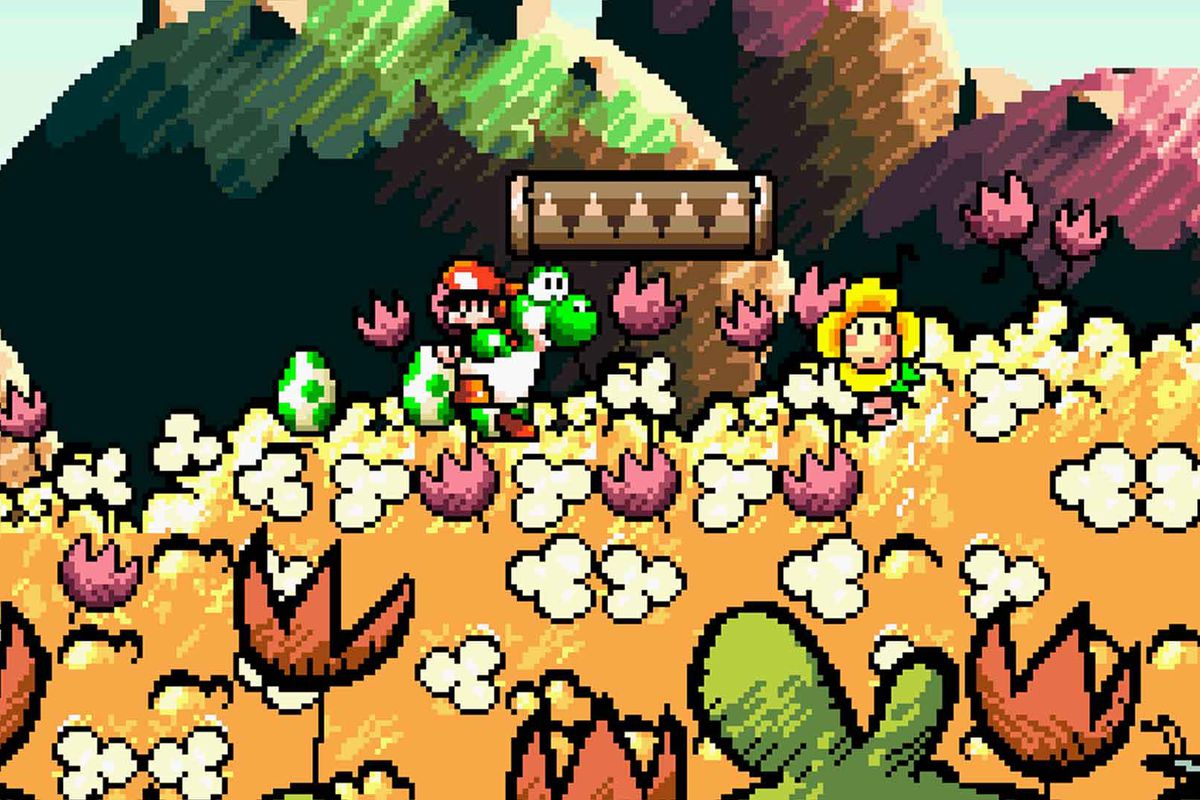
Super Mario World 2: Yoshi’s Island – SNES, 1993
As a follow-up to the classic Super Nintendo launch title Super Mario World, which introduced the world to Yoshi in the year of 1990, Super Mario World 2: Yoshi’s Island is a spin-off sequel that presents the lovable dinosaur companion in a prequel platformer that generated the entirely of the Yoshi series, all of which derive from this crafty, playful crayon drawn style. Yoshi’s animations are the most expressive of any in a Mario game to this point, humming, bobbing, and eating up fruits and enemies. The game features the staples of Mario platforming with the added delight of flinging eggs to whack enemies and solve puzzles, with the added challenge of escorting a Baby Mario through every stage, the needy child floating in a fragile bubble and crying if you get hit. It is the perfect definition of a spin-off in its ambitious changes in level design to fit a new aesthetic and a new main character, and its successes are still enjoyed by the series to this day. – [EG]
Playable on Nintendo Switch SNES Online
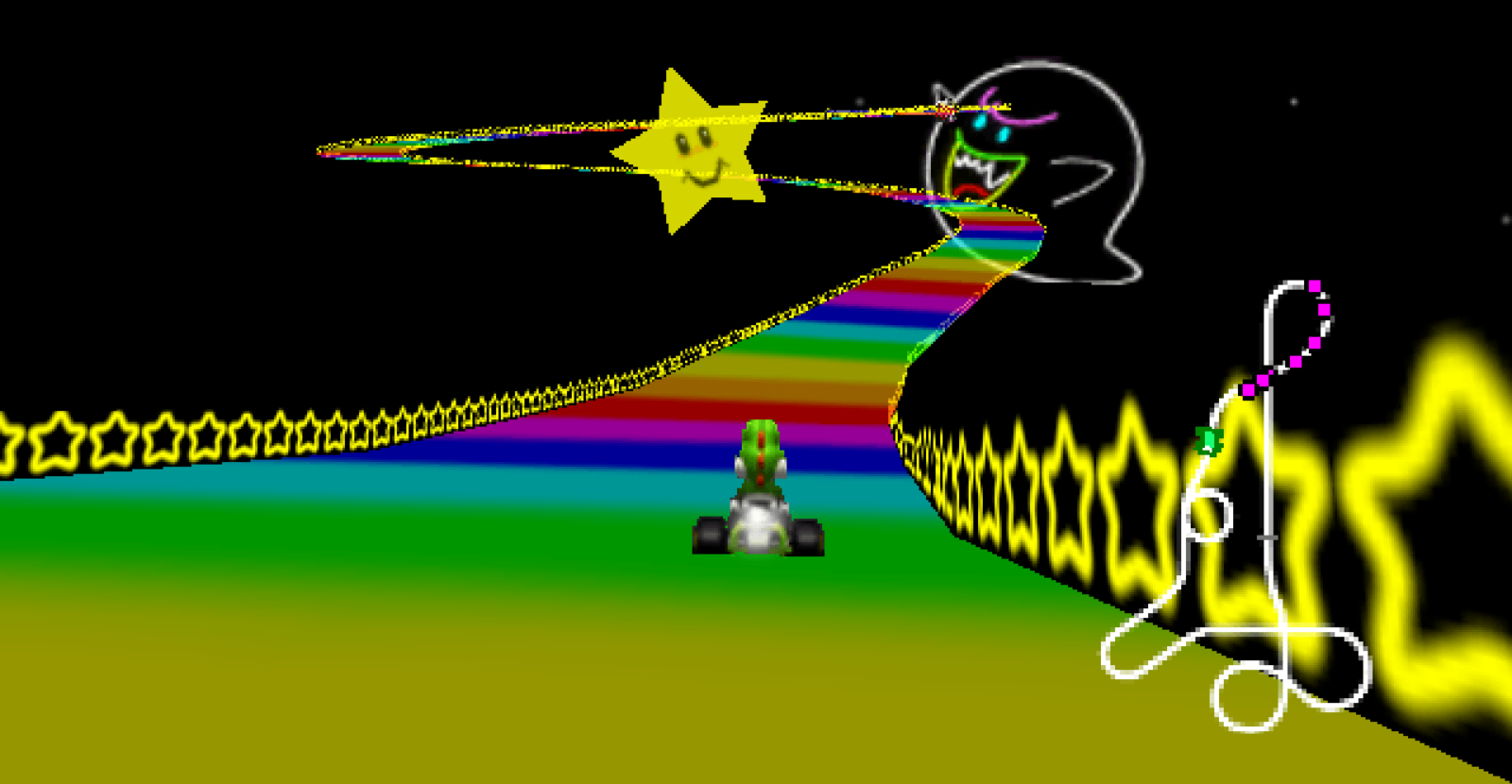
Mario Kart 64 – Nintendo 64, 1996
The myth, the legend, the moment Mario Kart became something truly special. For an entire generation, Kart 64’s 20 courses are where children become adults…or at least their language did. Sure, the series kicked off on the SNES, but it was the new dimension and controls of the N64 that really unlocked this spin-off’s potential. A lot of this has a lot to do with the devilishly simple design combined with a well-thought-out weight and item system and instantly iconic tracks. Mario Kart is pretty much always pick up and play fun, but Kart 64 had an admittedly perfect balance of strategy and anything goes gameplay that burns it into the memories of 90’s kids and college roommates alike. While there are “better” routes and racers, the game never feels like it has a meta – and it avoids making the experience more complicated than it needs to, a choice that keeps a lot of future titles from ever having the same cultural caché. If you don’t believe me, go ahead and dig out your old N64 and (safely) take it over to your non-gamer friend’s house and see how immediately they ease back into it. – [TH]
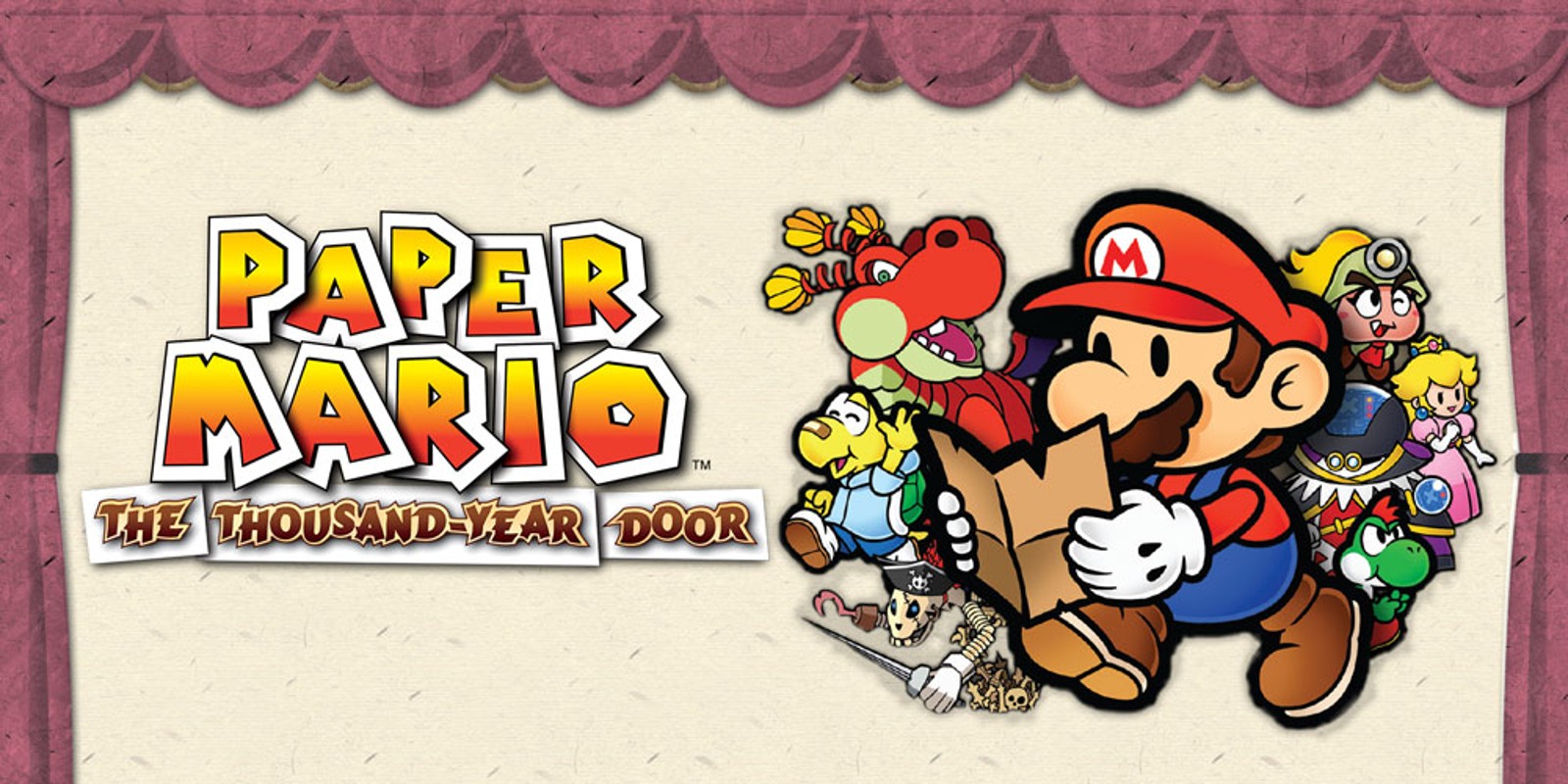
Paper Mario: The Thousand Year Door – GameCube, 2004
Building on the groundwork laid by its already phenomenal predecessor, Paper Mario: The Thousand-Year Door goes above and beyond in crafting a world wholly unique in its presentation and style. Rogueport as a setting presents a whole new side to the Mushroom Kingdom, usually portrayed as some idyllic kingdom where the only problems are caused by outside influence.
In this grimy port town and beyond, we’re treated to a wonderful cast of characters with unique designs and hilarious dialogue. Allies such as Goombella, Madame Flurrie, and Admiral Bobbery are a few of the colorful cast that can assist you in battle in their own unique styles. On the other side, villains such as the first major boss Hooktail have their own ridiculous motives and equally silly weaknesses, such as an aversion to crickets. The battles in TTYD are framed as a stage play to hilarious effect. Audience members cheer and boo depending on the circumstances in a fight, and in some cases they can even get involved directly.
The music, the presentation, and the tongue-in-cheek tone of the game helps it stand out as a phenomenally unique entry in Mario’s catalogue of games, and perhaps one of the more recognizable RPGs of its whole generation. – [Aaron Reyes]
Advertisement







